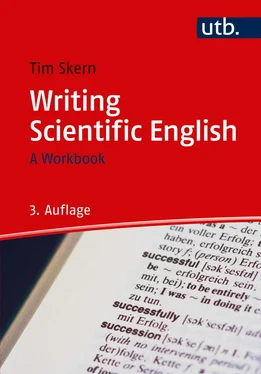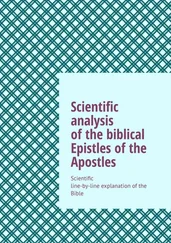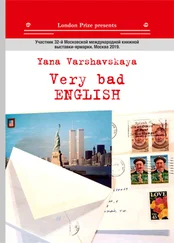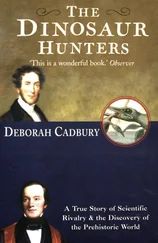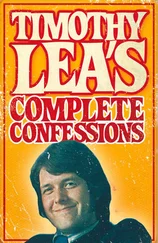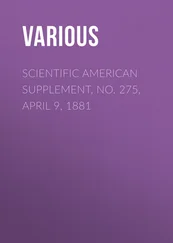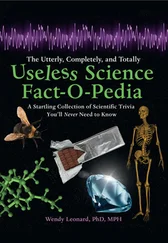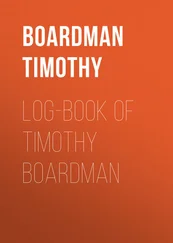Tim Skern, Vienna, August 2011
The videos from the second edition are now available: https://www.facultas.at/skern#7Lecture, Interview, Pronunciation(UK), Pronunciation(US)
In the ten years since the publication of the first edition of this book, I have substantially refined and harmonised the comments that I make when correcting the assignments of my students. The third edition takes these changes into account. Two new manuscripts in chapter 5
use these harmonised comments; the list of the comments themselves can be found in box 7.2. This edition also contains four new abstracts that illustrate specific problems that constantly recur in the students' assignments. Chapter 8
contains eight new exercises that are based on texts that I use in my class to provide practice in summary writing and data analysis. In addition, six new videos were made for this edition in order to demonstrate my approach to supporting students in giving scientific talks in English. I hope that you will find the approach useful for preparing your presentations. The first video sets the scene and introduces the speakers. Videos two to five contain three minute speeches given by former students of my courses; at the end of each speech, the student receives a brief feedback. In the sixth video, one of the students interviews me on how best to obtain a place in a laboratory for an Erasmus stay abroad. The videos can be accessed via the QR code in section 7.4
.
A further change in the third edition is the absence of the two texts that were reprinted from the journal Nature. This change resulted from an enormous increase in the copyright fees that Nature now charges compared to 2011. The texts should however be available to most readers through an institutional subscription to Nature.
I thank the six students who so readily gave their permission to use their work. William Dundon and Gijs Versteeg kindly offered excerpts from the reviewers' comments on their manuscripts. Peter Wittmann and Carina Glitzner from Facultas AG provided invaluable support in the production of this new edition. Special thanks to Barbara Füzi, Ralf Jansen, Helene Mössl and Tomaž Rozmarič for their enthusiastic participation in the videos and to Walter Größbauer and Istvan Pajor for their professional expertise in producing them.
Tim Skern, Vienna, April 2019
Chapters 1 Chapter 1An introduction to scientific English It is well-known that, in grammatical terms, languages are more perfect the older they are and that they always become gradually worse, from high Sanskrit down to English jargon, this patchwork cloak of thoughts stitched together from rags of heterogeneous material. (Bekanntlich sind die Sprachen, namentlich in grammatischer Hinsicht, desto vollkommener, je älter sie sind, und werden stufenweise immer schlechter – vom hohen Sanskrit an bis zum englischen Jargon herab, diesem aus Lappen heterogener Stoffe zusammengeflickten Gedankenkleide.) ARTHUR SCHOPENHAUER The chapter begins by looking at the advantages and disadvantages of English as the language of scientific communication, presents some guidelines on how to write the formal English found in scientific writing and ends by suggesting a basic vocabulary for written scientific communication.
and 2 Chapter 2Writing clear scientific English Put it before them briefly so that they will read it. Clearly so they will appreciate it. Picturesquely so they will remember it. And, above all, accurately so they will be guided by its light. JOSEPH PULITZER This chapter contains eight guidelines specifically designed to transform school or college English into scientific English. Although the guidelines were selected with non-native speakers in mind, they are also helpful to native speakers. Remember that English as a first language is not a passport to writing clear scientific English. Indeed, non-native speakers who master this chapter may be on the way to writing better scientific English than native speakers. Any book on how to write good English is certain to contain seven of the guidelines. The one exception, the guideline “Omit needless words!”, is unique to the book “The Elements of Style” by W. Strunk, Jr. and E. B. White. This book, first published in 1918 and still in print, remains the best book available on writing good English. Its 105 pages can now be accessed for free at www.bartleby.com/141 .
of the workbook comprise guidelines and a basic scientific lexicon that will support you in writing the English employed in scientific texts. Familiarise yourself with them and then practise their application by carrying out the exercises in chapter 3
. Compare your responses to the exercises to those of former students. Look at the suggestions (sets of comments and commands with blue numbers) for improving these texts and then try to strengthen your work in the same way. At the end of the first three chapters, you should be more confident in writing formal English and able to ask critical questions about your own written work.
Taking the material from the first three chapters as its basis, chapter 4
generates a model manuscript based on imaginary experiments to illustrate how to write and strengthen a scientific manuscript. Chapter 5
proposes themes for writing your own texts and model manuscripts so that you can apply the ideas from chapter 4
. Again, compare your manuscripts with those of the former students and note how they have been further modified. Correct your work in the same way. Chapter 6
offers an alternative approach to start writing your manuscripts and shows how experimentation and communication are linked.
At this point, your English should be approaching the style found in scientific texts and manuscripts and you should be gaining in confidence. It is important, however, that you continue to polish your English and that you appreciate that writing skills can always be sharpened. Chapters 7
and 8
are both designed with this goal in mind. Chapter 7
presents several suggestions how readers can continue to consolidate their scientific writing. Chapter 8
lists the pages of the book on which words marked in italics are printed. These comprise the basic scientific lexicon in chapter 1 Chapter 1An introduction to scientific English It is well-known that, in grammatical terms, languages are more perfect the older they are and that they always become gradually worse, from high Sanskrit down to English jargon, this patchwork cloak of thoughts stitched together from rags of heterogeneous material. (Bekanntlich sind die Sprachen, namentlich in grammatischer Hinsicht, desto vollkommener, je älter sie sind, und werden stufenweise immer schlechter – vom hohen Sanskrit an bis zum englischen Jargon herab, diesem aus Lappen heterogener Stoffe zusammengeflickten Gedankenkleide.) ARTHUR SCHOPENHAUER The chapter begins by looking at the advantages and disadvantages of English as the language of scientific communication, presents some guidelines on how to write the formal English found in scientific writing and ends by suggesting a basic vocabulary for written scientific communication.
, important linking words from box 1.4 Box 1.4Words for linking sentences in scientific writing Do you want to add further information to that contained in the previous sentence? Use words such as: “in addition”, “additionally”, “further”, “furthermore”, “indeed” or “moreover”. These words will enable you to avoid starting sentences with “and”. Do you want to introduce contrasting or contradictory information to that contained in the previous sentence? Use words such as “however”, “in contrast”, “instead”, “nevertheless”, “occasionally”, “of course”, “on the contrary”, “conversely” or “otherwise”. These words will enable you to avoid starting sentences with “but”. Do you want to start a sentence with “because”? Do not do so. Instead, combine this sentence with the previous one so that the word “because” leads into the second half of the sentence. Do you want to introduce information that follows from the previous sentence? Then use words such as: “accordingly“, “as a result“, “consequently”, “hence”, “in short”, “subsequently“, “therefore”, “thus” or “to this end“. These words enable you to avoid starting sentences with “so”. Other important linking words: Giving examples: “for example“, “for instance“ Finishing up: “in summary“, “in short”, “in conclusion”, “taken together”
as well as a further hundred or so useful words for scientific writing. Browsing through chapter 8
and carrying out some of the exercises in this chapter should greatly increase the number of words at your disposal. There is also space at the end of chapter 8
for you to add words that you meet during your reading.
Читать дальше
